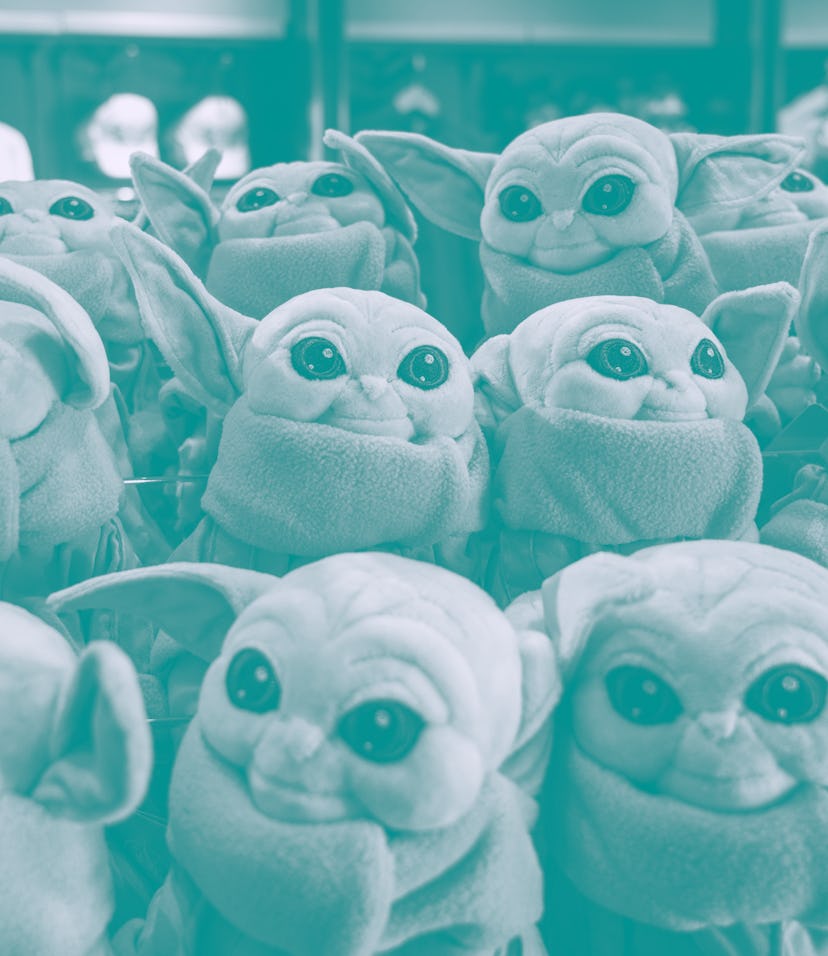Tech
A YouTuber's deepfake Skywalker outdid 'The Mandalorian,' so Lucasfilm hired him
Advanced AI made it possible to insert a young Luke Skywalker from the original saga into the new TV show.

Despite being a spinoff of the Star Wars saga, Disney’s The Mandalorian keeps references of original canon to a minimum. But in the final episode of season two, viewers are treated to a brief scene featuring a young Luke Skywalker, played by Mark Hamill. Even though the actor is much older today, the character looks just as he did circa 1983’s Return of the Jedi, which was made possible through a lot of computer-generated handiwork.
Good job — A fan of the show, YouTuber Shamook, decided to try doing the trick another way, inserting Hamill not through traditional CGI but instead through the new technique of deepfaking. In a video, he compares his work to that of Mandalorian studio Lucasfilm, and his result arguably looks even more lifelike.
So what did Lucasfilm do? Hire Shamook to work for its visual effects division, Industrial Light and Magic.
A representative confirmed the hire to Indiewire, saying, "Over the past several years ILM has been investing in both machine learning and AI as a means to produce compelling visual effects work and it’s been terrific to see momentum building in this space as the technology advances."
Deepfakes are a controversial new form of machine learning that make it possible for computers to essentially study photos and videos of a person and then mimic their speech and facial movements, graphically rendering new videos that use their likeness to say or do things the person hasn’t in real life.
Deepfakes — The technology threatens to exacerbate the issue of disinformation, as a fake video could be released of a public figure saying just about anything. The technology still isn’t foolproof, though, as there are still usually telltale signs that a deepfake is in, fact, fake. Looking closely at the The Mandalorian deepfake, for instance, you can see the movements of Hamill’s mouth are slightly off with the audio track. But the technology is getting better, and individuals who are dedicated enough can create deepfakes nearly impossible to identify as fakes by the human eye.
Firms including Microsoft are trying to keep up with the advent of deepfakes to combat their ill uses, developing technologies to spot them just as fast as the fakes evolve in what’s a sort of game of cat and mouse.
Ethics — These might all seem like theoretical concerns, but they very much are not, as deepfake techniques have already been used to create non-consensual porn using people’s likeness, and or profit off deceased celebrities. Anyone with bad intentions could be able to use deepfakes for ill, and that means online platforms need to be ready to combat it.
Mark Hamill is still alive, though, and in cases where they’re consensual, deepfakes can be used to create compelling visuals. Like bringing a young Skywalker to the Mandalorian and imbuing the show, which takes place just four years after Return of the Jedi, with the magic of the original saga. That type of possibility wouldn’t have been imaginable even a few years ago.